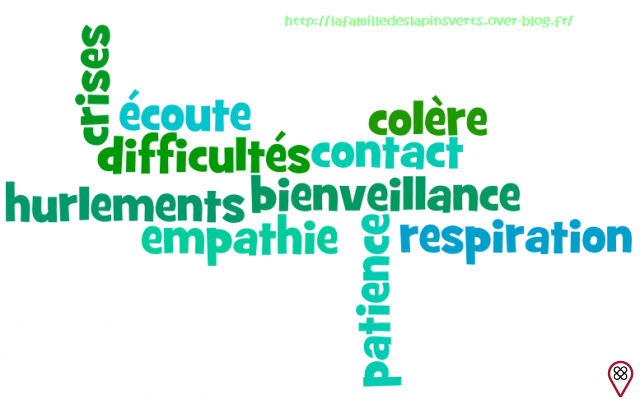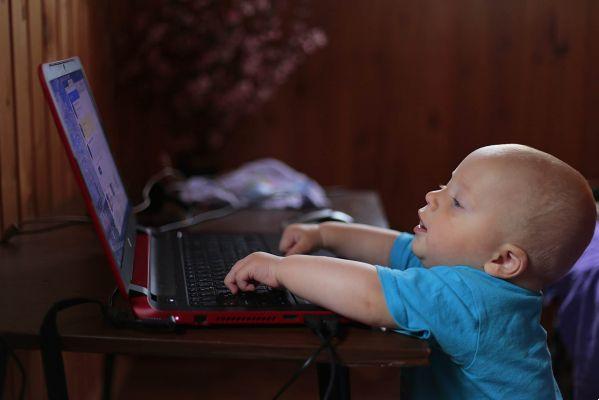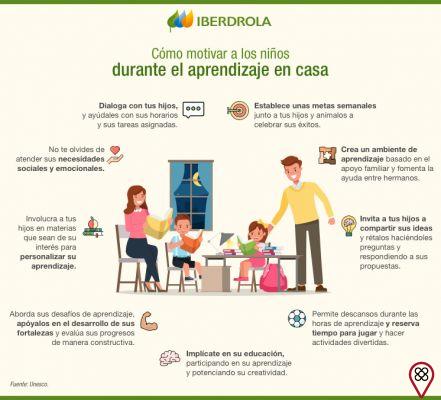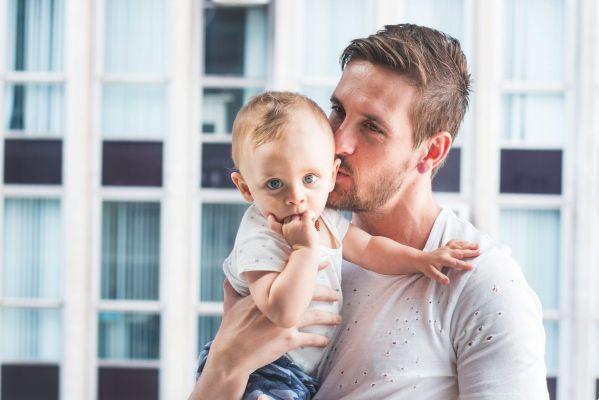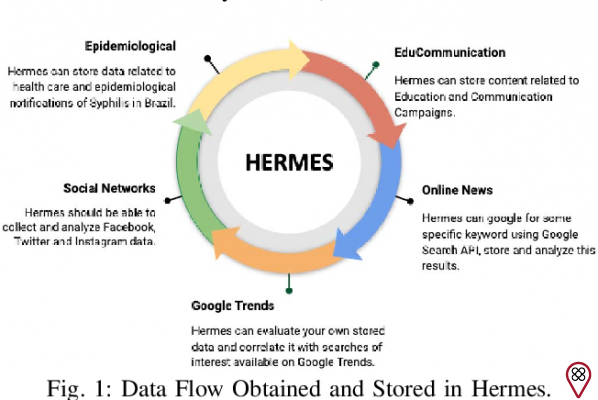“Most of us grew up speaking a language that encourages us to label, compare, demand and pronounce judgments rather than being aware of what we are feeling and needing.” (Marshall Rosenberg)
The way children express themselves is rooted in the way the people they live with express themselves. We want a harmonious and peaceful environment, that our children have a positive image of us and that the channel of communication and connection is open. Therefore, as important as the content is also the way we communicate with them.
Nonviolent communication or empathic communication is a great communication tool for parents to develop a more harmonious and respectful relationship with their children.
The author is Marshall Rosenberg, mediator, author and teacher. Starting in the early 1960s, he developed Nonviolent Communication (NVC), a process of support and partnership in resolving conflicts between people, in relationships and in society. He worked around the world as a peacemaker and in 1984 founded the Center for Nonviolent Communication, an international non-profit organization.
The basic idea is that when we experience frustration, anger, sadness, or other similar feelings, it is a result of unmet needs. A common example for parents is when we don't sleep and during the day we have a “short fuse”, making the everyday challenges of life significantly more difficult. The solution is not to blame or shame our children, but to get more sleep. Rest and sleep were unmet needs.
When your child seems to ignore every word you say, you feel anger taking over, but he is not trying to piss you off, he is just fulfilling his own needs like playing, exploring or having fun. What simply happens is that both needs are not aligned in this moment or context, this is natural and happens all the time. So how can we empathically communicate and uplift one another?
Take these distinctions into account:
1- Needs: what matters to you in this situation? What need is not being met? Safety? Peace? Connection? Autonomy and freedom? The needs will be very different depending on the situation. Your needs with your child will be very different from when you are, for example, with your friends or in a work environment.
Take the opportunity to also listen and acknowledge your child's feelings and needs.
2- Observations: we want to stay away from blaming, shaming, or attacking others. In order to achieve this goal, we need to start by expressing uncritical observations.
"I see you're having fun..."
"I remember calling your name and you didn't answer..."
“I heard” or “I saw” are great opening phrases.
3- Feelings: what is your feeling? Again, this is just a feeling, without judgment, rather than a thought or interpretation. Frustration, fear, anger, sadness, tension, confusion, there are dozens of feelings you can have.
It is normal for your child to see you as a person who has feelings, we are creating human beings, the most important thing is how you express or deal with that feeling. You can feel vulnerable and that's okay. Feel confident knowing that you are putting love first in your relationship with your child.
4- Orders: Make a positive request that enriches your life without demanding. “Would you be willing to…” or a similar expression. On the other hand, saying “Stop it” is a demand and not a positive request, even if you say it pleasantly.
CNV helps stop this process of demanding or criticizing with the "No" or "Stop it or you will get hurt".

“Empathy allows us to relive our world in a new way and move forward.” (Marshall Rosenberg)
The four steps may seem a little strange, don't be discouraged, after all you are developing a new way of communicating, and it doesn't happen overnight. If you slip (and you will, believe me!) don't blame yourself, just recreate in your mind how you might have reacted and wait for the next opportunity to exercise your new communication pattern. The result will be rewarding!
A NVC It's a way of communicating that puts your relationship first, I believe you will create beautiful moments with your children using CNV. They will recognize the effort you are making, even if it is awkward and imperfect, and your relationships will deepen with each interaction.
If you want to delve deeper into the subject, I recommend the book: Nonviolent Communication, by Marshall B. Rosenberg.





